During their all-too-brief spring visit to our area we caught up with Lorraine and Wardie Ward of Australia, who were in town reconnecting with family and friends. Despite being a long-time Antipodean, Wardie keeps up his local surf cred, which goes back to the 1960s. In fact, Wardie was on the scene at Rincon, Hollister Ranch and other legendary surf spots during the golden age. For an overview, read on!
A true waterman, Harold R. “Wardie” Ward III (b. 1945) has been, among other things, a sailor, abalone fisherman, yacht builder, surfer and adventurer. His first surf session (at Padaro Lane) happened about 1961 and from then on, he has been hooked. Wardie these days is a graphic artist and spends his spare time running the (highly recommended) George Greenough Fan Page on Facebook (facebook.com/groups/georgegreenough) as a labor of love, which is a historical treasure trove for all things Greenough. (More on the Greenough/Wardie partnership below.)
A longtime photographer with an impressive collection going back to the old days, Wardie’s intended professional surf photography career came to a premature end just as it was taking off, because of two accidental blunders not of his making.
The story: Ward sent off the film fruits of a gorgeous four-to-five-foot 1969 session at Little Drakes at Hollister Ranch to both International Surfing Magazine and Surfer. In an embarrassment of riches, both magazines printed the stories and accompanying photos on their covers. The other problem: the pieces disclosed (contrary to Wardie’s instructions) the location of the surf action. Both the accidental double-dipping and the Hollister Ranch reveal were “no-no’s” at the time. After that, Wardie wisely opted to lay low in surf photography for a while!
Wardie’s best friends during surfing’s golden age are members of Rincon’s unofficial surfing hall of fame: George Greenough (b. 1941) and the late Kevin Sears (b. 1949). Greenough’s story is well known, as his impact on surfing goes beyond merely riding waves and includes board and fin design, photography and equipment, cinematography, and, most importantly, being one of the sport’s great characters and innovators. Since the late 1960s, George and Wardie have been fast friends and nearly inseparable. Let’s just say the George/Wardie relationship is unique. Per Lorraine, “I’m (Wardie’s) land wife and George is his sea wife.”
George and Wardie’s aborted academic careers highlight their similar outlooks to conformity. In hindsight, neither had constitutions and world-views compatible with organized higher education. When the time came, George picked the University of Miami as it appeared to offer good nearby fishing and related ocean activities but, alas, he was quickly bounced from campus for spending too much time in the water and not enough in the classroom. (His tendency to forswear the wearing of shoes may also have played a role.) Wardie followed a path like other budding local surf photographers and zeroed in on the Brooks Institute of Photography in 1968. But he couldn’t comply with founder Ernest Brooks’ command to get a haircut before matriculating. Brooks’ and Miami’s loss was our gain. For both, the sea proved to be a better instructor anyway.
The friendship that began in Montecito around surfing and boating continues to this day Down Under. George and Wardie talk every day by phone – always at the same hour – and still engage in friendly impromptu deep-sea fishing competitions and mat surfing sessions in Byron Bay. What a life!
Kevin Sears
Joining Wardie for some of his adventures was fast friend and Carpinteria local Kevin Sears, one of the best Rincon surfers of his generation. Although this column still needs to do Kevin Sears justice, here is a start. Before he had even graduated from high school, Sears was a top surfer as well as a champion dory-rowing lifeguard. Various eyewitnesses have him in the water during Rincon’s most famous waves, including the epic December 1969 swell. In Sears’ 1967 Carpinteria High School (CHS) yearbook, fellow CHS grad and longtime Surfer mag photog and editor Bernie Baker wrote “when I become Surfer magazine’s photo editor, I’m going to make you famous,” in a prescient tribute to Sears’ skills and his own career path.
After graduation from CHS, Sears accompanied Wardie on an epic adventure in the South Seas. It all started in 1971 when Wardie built and outfitted a 43-foot sailing yacht (Sounder), contemplating a trip to Tahiti and back. Wardie likes to say he learned navigation only after the trip started, using a “how to” reference book and a second-hand sextant. Much adventure and hijinks ensued along the way, but Wardie fell in love with the South Pacific and then New Zealand and has come back to California only to visit, calling New Zealand and now Byron Bay in Oz home.
A fun tidbit. While researching this story we ran across a 1974 classified ad in UC Santa Barbara’s student newspaper, the Daily Nexus, that shows Sears looking for a female companion for the Tahiti to New Zealand leg of the trip: “Must be an adventurous type individual… have at least $2,000 to help pay own expenses, and know something of the ocean…” Ah, the 1970s.
Current endeavors for Wardie include painting and the digital arts when he’s not running interference for Greenough. For George himself, a recent project has been the remastering and release of a “Six Pack” of his historic short surf films from the 1960s and early ‘70s. This is when Greenough first captured inside-the-tube footage with a massive waterproof camera pack on his back, anticipating the GoPro era by a mere 50 years! The films debuted in the U.S. at the Surfing Heritage and Culture Center in San Clemente in April and will hopefully make their way up here. They’ve also been shown in various locales, including already (or soon) in England, Australia and Japan.
Let’s finish with George and Wardie’s advice for living a long and eventful life: “Get as many go-outs as you can and always come out with a smile.” Great words for us all to live by!

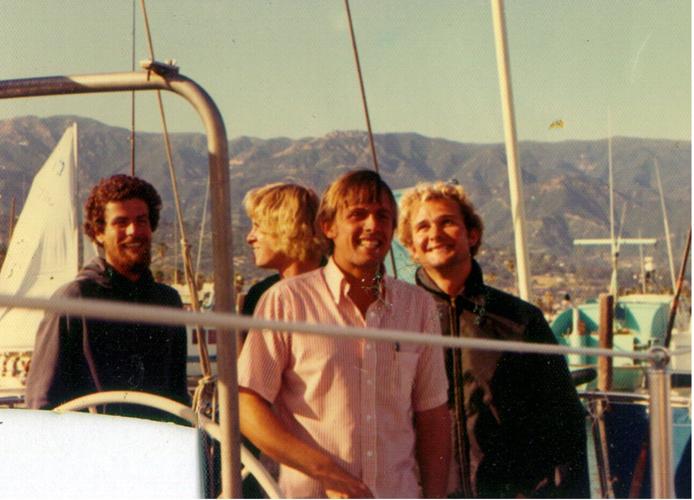
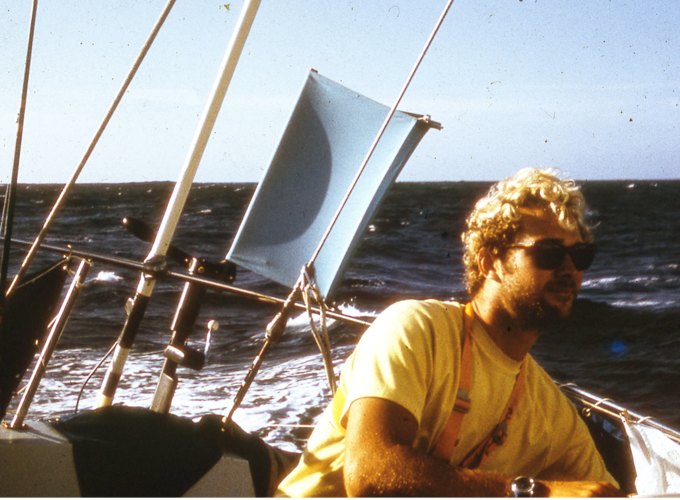
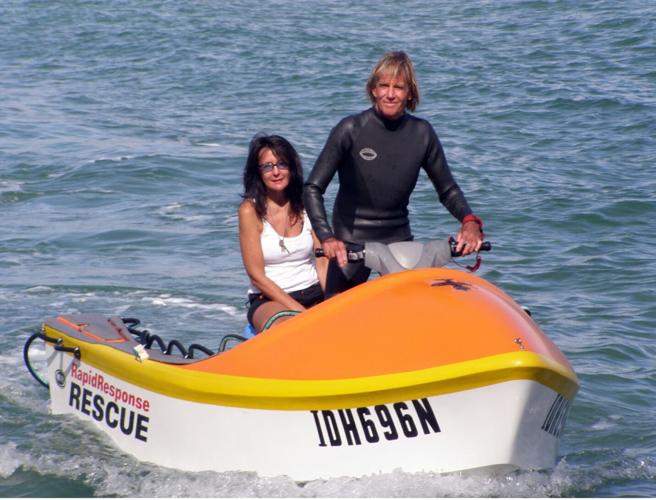

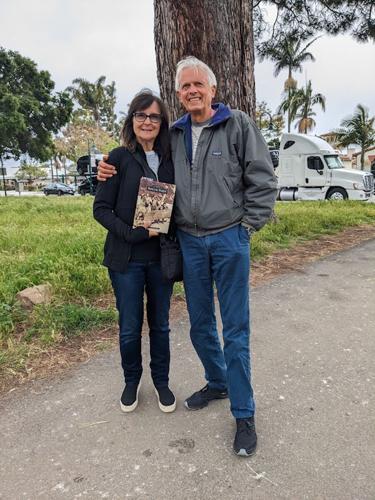

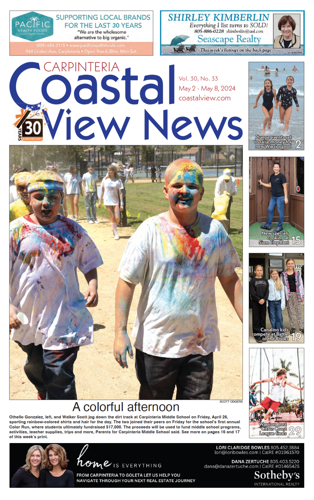

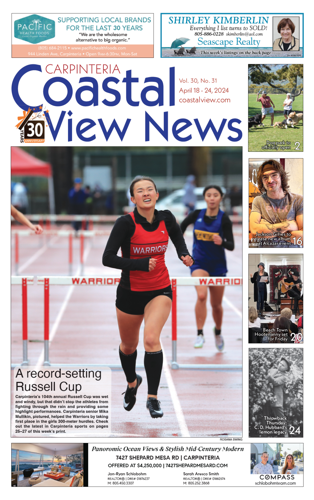
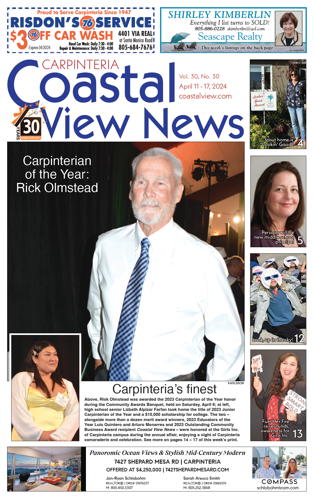

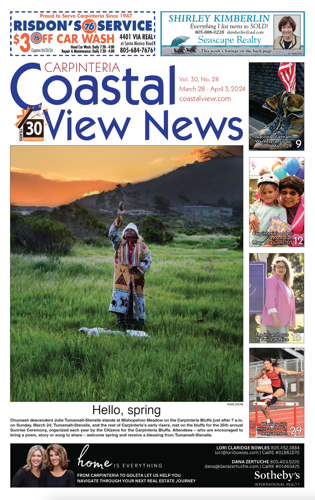


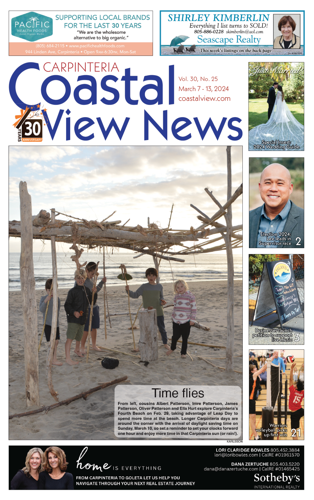







(0) comments
Welcome to the discussion.
Log In
Keep it Clean. Please avoid obscene, vulgar, lewd, racist or sexually-oriented language.
PLEASE TURN OFF YOUR CAPS LOCK.
Don't Threaten. Threats of harming another person will not be tolerated.
Be Truthful. Don't knowingly lie about anyone or anything.
Be Nice. No racism, sexism or any sort of -ism that is degrading to another person.
Be Proactive. Use the 'Report' link on each comment to let us know of abusive posts.
Share with Us. We'd love to hear eyewitness accounts, the history behind an article.